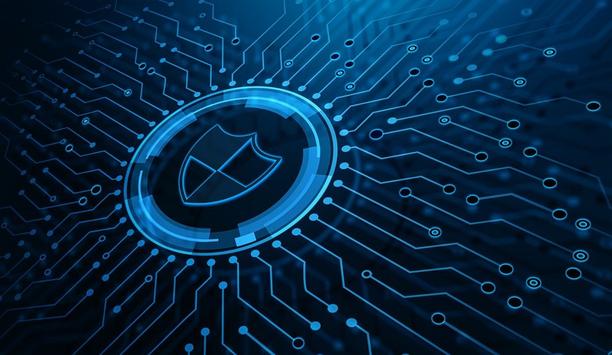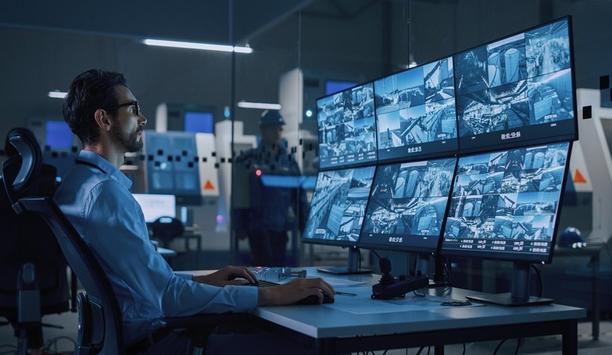How Has Physical Security Failed To Meet Customer Needs
Editor Introduction
Every day, the physical security industry succeeds in applying technologies that make the world a safer place. Manufacturers, integrators, and end users are eager to share their success stories, and their successes can inspire others to implement the same technology solutions. But, occasionally, technology does not live up to expectations and, in fact, fails to perform as promised. We asked this week’s Expert Panel Roundtable: How has the physical security industry failed to meet customer needs?
Too often, software is created to please the economic buyers of security (C-suite and directors) without considering the actual users. Is a security director using a software product that manages incidents? Likely not. Instead, the real users should be at the forefront of development, taking into consideration how accessible and clear menus are, how easy it is to train users, how to limit context switching among different systems, whether there are next steps available within the platform, whether information can be quickly shared with field resources, etc. These individuals might not be making the final buying decision, but the usability of the product for them is key to driving both positive ROI and a strengthened security posture.
The physical security industry is unable to meet customer needs for several reasons. For one thing, customer physical security needs are constantly changing with the environment, which is also a driving force for the continuous development of the physical security industry. Also, the adoption of new technologies in physical security lags behind. Only when a certain level of stability and security can be ensured, can they be fully applied to physical security applications. The slow pace in areas such as artificial intelligence, machine learning, and the Internet of Things (IoT) limits their ability to provide innovative solutions that better meet customer needs. The standardisation of physical security is not widespread enough. The standards for physical security are far behind video surveillance protocols like ONVIF, which leads to a low integration level of physical security systems with other systems, making it difficult to effectively manage all aspects of security. The physical security industry often fails to provide sufficient training for security personnel, which can lead to errors and security vulnerabilities. The cost of learning physical security is relatively high and training is inadequate. Security and convenience are two conflicting perspectives, so the training of our personnel is crucial.
In the physical security industry, there’s some disconnect when it comes to the end-user experience since consumers are now accustomed to digitised experiences in their everyday life. For example, with in-wallet credentials, you have credit cards, event tickets, and even access to cars and front doors all in one place on a smartphone. Customers in the physical security industry now expect this same level of convenience from their security systems – and this is where we see opportunities for the industry to better meet customer needs. Historically, this industry consists of specific solutions to address specific problems, creating a sea of solutions and unnecessary complexities. The industry needs to move towards offering one unified solution to help its customers streamline operations and better manage security systems. What we are already seeing today is customers working with systems integrators to bring together these disparate solutions. However, in order to truly optimise the end-user experience and bring better capabilities to customers, the industry needs to work towards creating standards.
As camera systems grow in their camera count; as the cameras feeds increasingly need to be viewed both from on-site and remotely; and as the camera system becomes more sophisticated, it is important to consider how to monitor to ensure that every part of the system is working as intended. Camera systems offer crucial evidence during and after an incident, and if a camera was down or recordings are missing, the value of the entire camera system is compromised. Software solutions exist that regularly check that all the cameras, NVRs, and servers are “live” on the network, recording, and that the view from each camera is clear and free of obstructions and that none of the views are tilted.
Editor Summary
Systems that are too complex. Software that is hard to use. A dearth of unified solutions that can streamline operations. Not enough standardization. Those are just a few instances listed by our Expert Panel Roundtable of failures by the security industry to meet the needs of customers. Hopefully, we can all learn from our failures -- and do better next time.
- Related companies
- Convergint Technologies LLC
- VIZpin Inc.
- Anviz Global Inc.
- Ai-RGUS
- HiveWatch
- Related links
- Event Network Video Recorders (NVRs)
- Infrared Surveillance cameras
- Card Access control software
- Real Time / Event Network Video Recorders (NVRs)
- Contact Access control software
- Mifare Access control software
- Thermal Surveillance cameras
- Wireless Surveillance cameras
- Carpool Anti-passback Access control software
- Pinhole Surveillance cameras
- Central Monitoring Option Access control software
- Door Monitoring Option Access control software
- ID Badging Software License Access control software
- Management Systems Upgrade Access control software
- NStar software upgrade Access control software
- Reporting Option Access control software
- Serial Interface Option Access control software
- Server software for MSDE Access control software
- Visitor Management tool Access control software
- Anviz Access control software
- Anviz Network Video Recorders (NVRs)
- Related categories
- Access control software
- Surveillance cameras
- Network Video Recorders (NVRs)
- View all news from
- Convergint Technologies LLC
- VIZpin Inc.
- Anviz Global Inc.
- Ai-RGUS
- HiveWatch
Expert commentary
Security beat
Security bytes
- Getting To Know Dan Grimm, VP And General Manager Of Computer Vision At RealNetworks
- Big Wins And The Importance Of Showing Up: Insights From SecurityInformed.com Editor Larry Anderson
- Setting Goals, Business Travels And Radioactivity: Success Secrets From Tiandy's John Van Den Elzen
- Getting To Know Jeff Burgess, President/CEO At BCDVideo
Multi-Residential Access Management And Security
DownloadGuide For HAAS: New Choice Of SMB Security System
DownloadPrecision And Intelligence: LiDAR's Role In Modern Security Ecosystems
DownloadHikvision: Solar Powered Product Introduction + HCP
DownloadFacial Recognition
DownloadVerkada TD52 Cloud-Based Video Intercom
exacqVision IP08-64T-R1XW-E X-Series 1U Rdnt IP NVR 64TB RAID5 Windows OS with 8 IP Ent Lic
Climax Technology TouchPanel-3 7” Color Graphic Touchscreen Panel




















